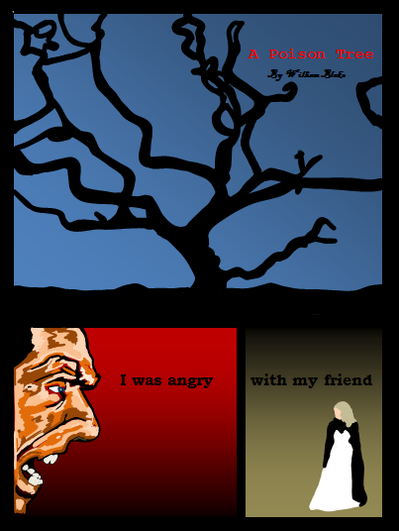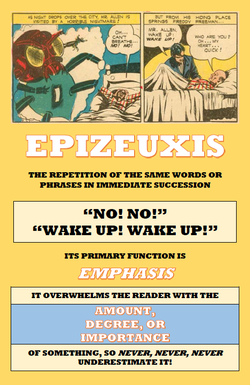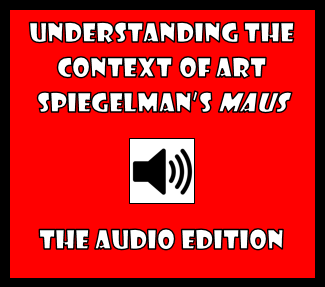The Literary Features of Graphic Novels
3/15/2014
 We want students in a junior or middle school classroom to begin to develop an understanding of what they read, how language works to make meaning, and how they can figure such things out. Graphic novels can therefore pose an additional level of challenge, because the visual and its impact on meaning must be worked out at the same time that the language is being examined. Even something as simple as this prototype I designed for the Graphic Poetry series is instructive (don't worry...I didn't illustrate any of the titles, and the series has won two awards). A student might be comfortable reading a short story and analyzing its setting—the time, place, and prevailing circumstances of the story—but how do they analyze the setting of the poem presented here as a visual narrative? They would have to talk about the colour of the half-page panel at the top, and how it seems to suggest that the events of the poem will take place in the early evening or at twilight. They would also need to talk about how the title of the poem, juxtaposed with the tree, implies that the reader is looking at the poison tree in the opening panel. And what is to be made of the fact that the tree is entirely black and blends in with the gutter between each of the panels and the page borders as well? Is the author/illustrator making a comment about how quickly and dangerously poison can spread? What are we to make of the close up of the male figure in the bottom left-hand panel and the eerie red background colour? He looks angry and the black words on the red background reinforce that, but his fixed gaze almost seems to peer right through the gutter and at the “friend” who is shot in a medium-long to long shot, presumably looking back at him, albeit tentatively. All of this is happening and we’ve only reached the end of the poem’s first line, at which point—if we were simply looking at the text of the poem—we wouldn’t normally have begun debating its meaning. It is crucial, then, when teaching graphica that we don’t just acquaint students with the terminology they might use to talk about how a shot is composed, but look carefully with them at the various features of the verbal and visual canvas before them. If you're looking for some of this terminology by the way, you can find it under Terms and Terminology on the Introduction tab.
0 Comments
Your comment will be posted after it is approved.
Leave a Reply. |
Glen DowneyDr. Glen Downey is an award-winning children's author, educator, and academic from Oakville, Ontario. He works as a children's writer for Rubicon Publishing, a reviewer for PW Comics World, an editor for the Sequart Organization, and serves as the Chair of English and Drama at The York School in Toronto. If you've found this site useful and would like to donate to Comics in Education, we'd really appreciate the support!
Archives
February 2019
|



 RSS Feed
RSS Feed
